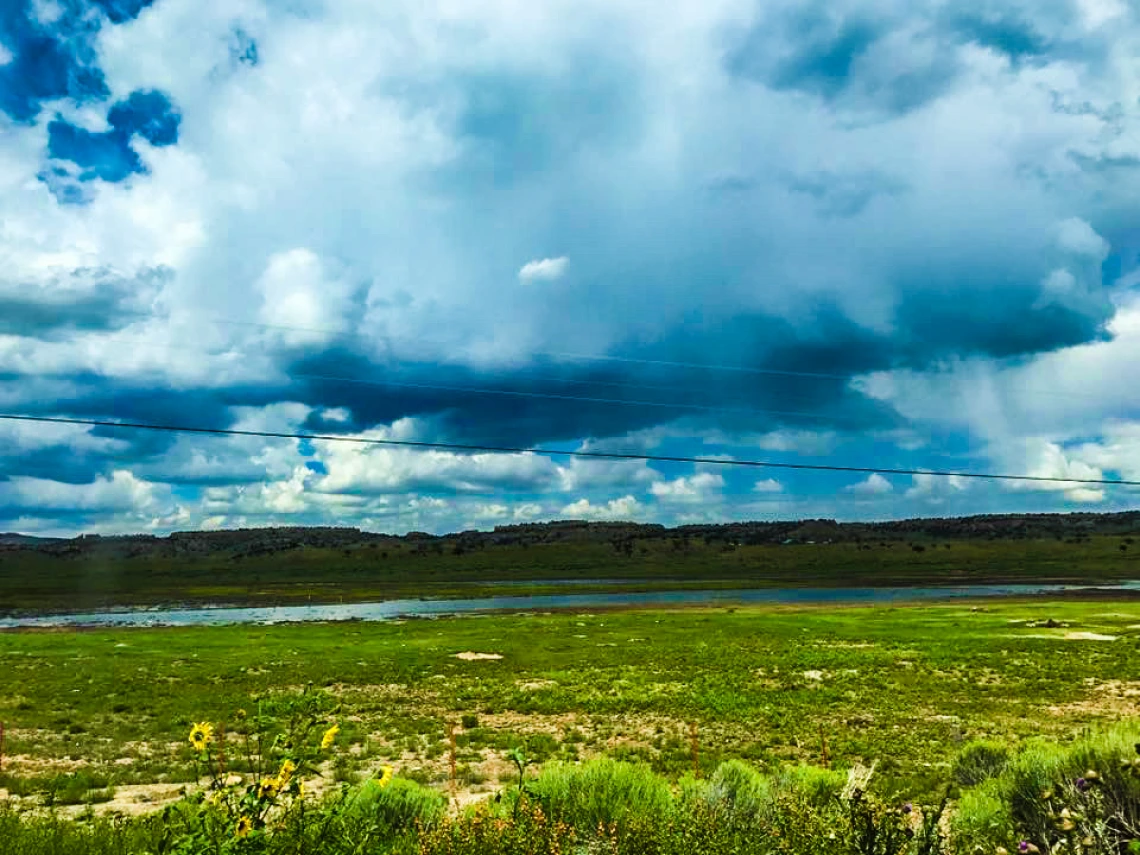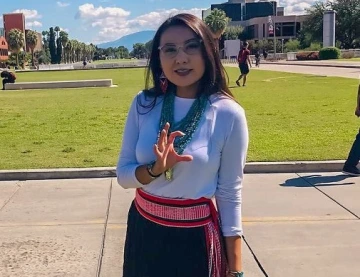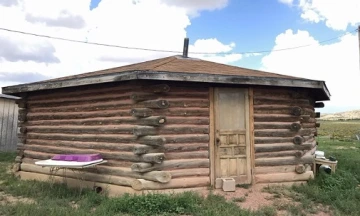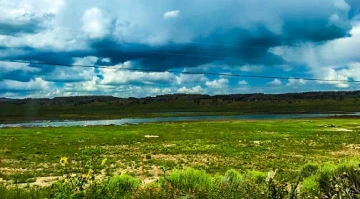Running at Dawn: A Diné Cultural and Health Teaching
As a public health student, I have the unique perspective of incorporating Diné philosophies with holistic wellness to address chronic health issues. One example is using my culture to connect with running.


Ariel Shirley (Diné), a public health student at the UA Mel and Enid Zuckerman College of Public Health, plans to work to improve health in her Navajo community and address disparities in the health-care system.
When running, there is a sense of connection and euphoria. Maybe it is the endorphins, but I feel a greater connection to my culture and roots. Running is a teaching integrated into the Diné life cycle. I was taught to run east at dawn to greet our deities. Although it may seem ordinary to run in the morning, running is a way to honor our teachings. East is a significant direction in the Diné culture. It is the beginning of the lifecycle. Being up and active shows a sense of discipline and understanding of Diné culture. Implementing mindfulness while running shows the deities you are welcoming blessings in one’s life. Running is a teacher in itself. The lessons are to combat laziness, instill discipline and endure struggle to come out stronger. Running is a healing process that will teach you many lessons if you let it.

Ariel Shirley’s grandparent’s hogan, a traditional dwelling of the Navajo people. Photo credit Ariel Shirley.
Today, many people run for physical health, but for the Diné people it means connecting back to our culture. Running not only grounds us to our culture, but is a tool used to maintain physical health. Like many Native American tribes, loss of culture is a threat to the Diné way of life. With high rates of chronic diseases such as diabetes, heart diseases and cancer, returning to foundational teachings is a way to address these health issues.

View of Mariano Lake, N.M. near Ariel Shirley’s grandparent’s residence. Photo credit Ariel Shirley.
Using my culture to sustain a healthy lifestyle is important to address the health issues on the Navajo Nation. As my time here at the University of Arizona wraps up, I am excited to see where I can utilize my skills in combination with my culture to address chronic health issues on the Navajo Nation. Change will not be easy, but the goal of a healthier generation is worth it.
Ahé'hee’ (Thank you)
About the Author
Ariel Shirley is a graduating senior at the University of Arizona Mel & Enid Zuckerman College of Public Health who completed an internship focused on community education at the UArizona Sarver Heart Center. After graduation, she aspires to continue her education, seeking a masters of public health degree followed by a medical degree. Ariel’s dream is to work to improve health in her Navajo community and address disparities in the health-care system.

